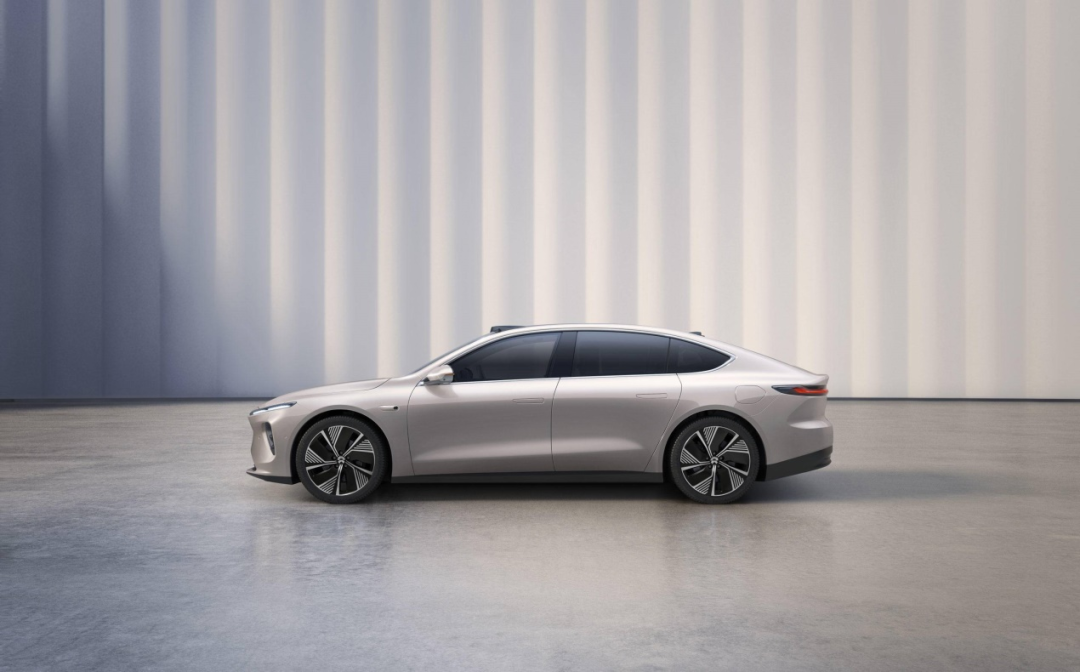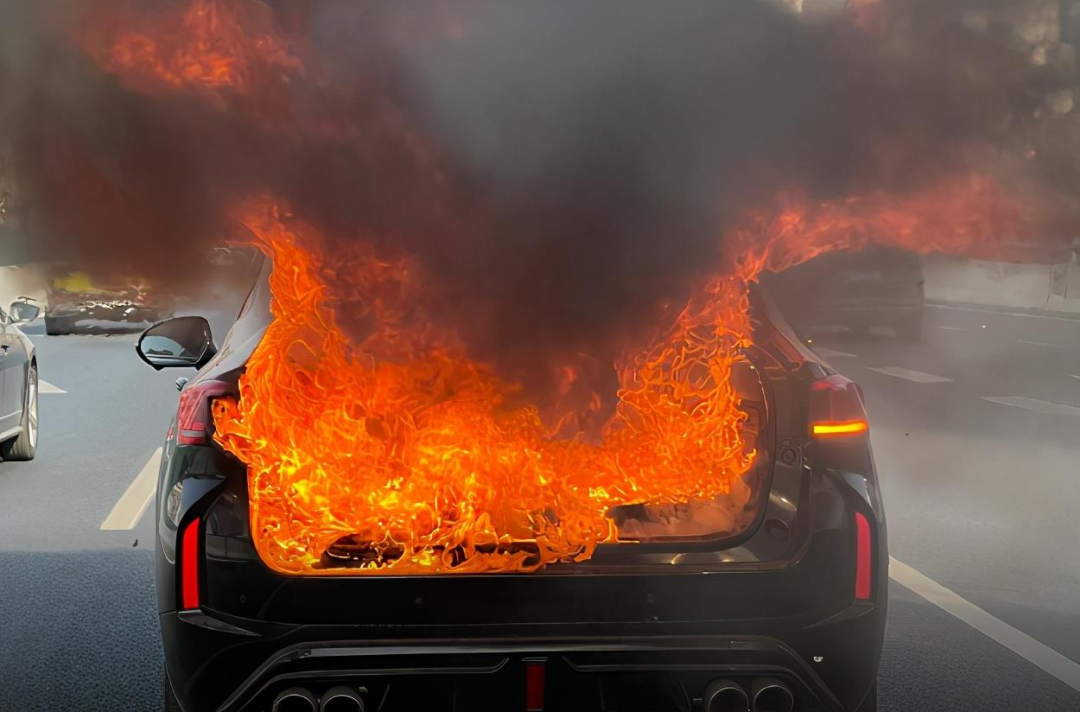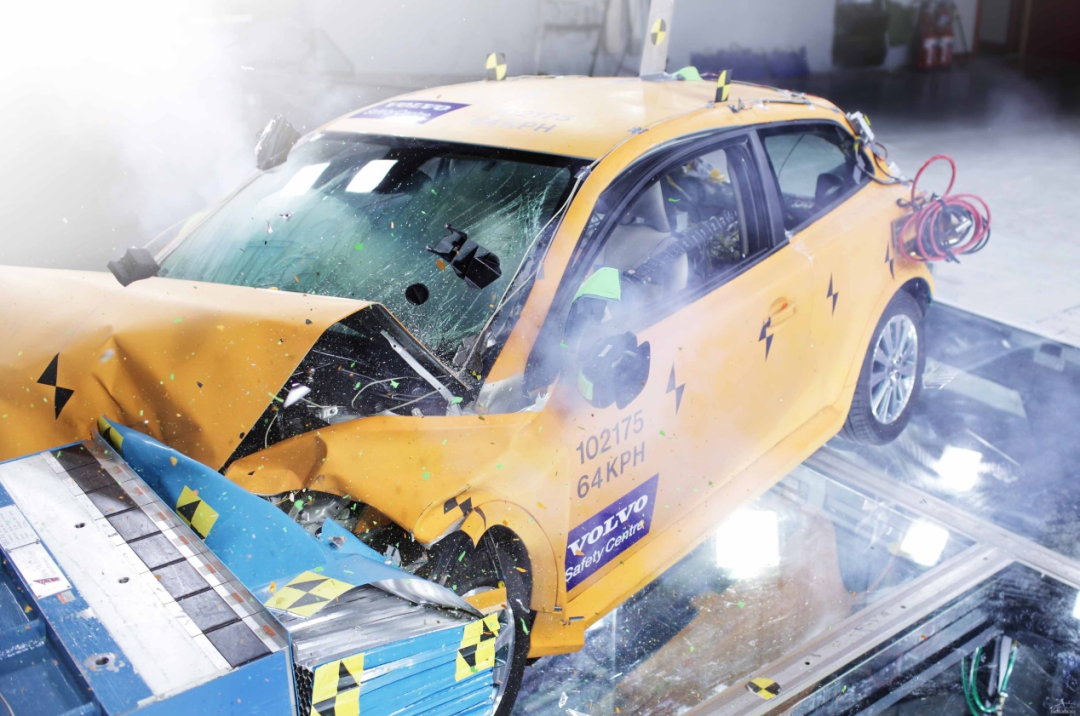*This article is reposted from the autocarweekly official account.
Author: Du Debiao
The advantage of electric vehicles can no longer be simply regarded as a welfare. Now it has become a double-edged sword. For example, its rapid acceleration ability that does not require the loading process of a gearbox has become a mysterious coefficient in floating insurance amount, which is related to dangerous driving, accident rate, and the age group of electric vehicle drivers.
According to a report quoting an industry insider, some electric vehicle owners found that their insurance premiums increased instead of decreasing in the previous year without any accident being involved. One reason is that insurance companies believe that “young drivers are impulsive and inexperienced, coupled with the performance of pure electric vehicles, which is a combination with a high probability of accidents”.
Just like the song “Midnight Wanderer” sung by Beyond’s Wong Ka Kui, it’s all caused by hormones. Well, this is called forward thinking, and you have to make a down payment for it.
There is a suspicion of group discrimination here. I believe that some young car owners must have empathized with the experience of Tesla owners and female car owners before.
Should young people pay for the “unable to prove” risk?
Obviously, it is only a possibility. Has any institution statistics shown that there is a high-risk age group for traffic accidents?
The theory that young people are prone to accidents is ambiguous. Although novice drivers fear the speeding steel on the road, they are also usually cautious, making accidents less likely to occur.
Compared with living things, novice drivers are more likely to have close contact with stationary objects. But with the popularity of reversing images, such situations are gradually decreasing, and the damage caused by scraping against stationary objects is small, making it less likely to affect more parts.
According to another “unauthoritative” statistical agency, compared with pure novices, young veteran drivers who have held their driver’s licenses for 6-10 years are more likely to relax their vigilance due to arrogance and break the zero-accident record. Everyone can look around and compare it with themselves.
The conclusion (prejudice) that the combination of novice drivers and pure electric vehicles is more prone to accidents also implies a positive affirmation of the better performance of pure electric vehicles, and it seems that these guys are the root of the problem.
Although models such as Tesla, NIO ES8, and GAC Aion have made some (probably) large-displacement car owners achieve their dreams in lower positions with zero-to-hundred acceleration, most electric products have a relatively “reserved” acceleration compared with these “performance leaders”.
The so-called “fast” of most pure electric products is based on the performance of saving the acceleration process of the gearbox of a gasoline-powered car, and is not an absolute sense of rapid acceleration. Most pure electric vehicles also require constant deep stepping of the accelerator like gasoline-powered vehicles to reach the G point.Translate Markdown text into professional English, keeping HTML tags inside Markdown, and only output the corrections and improvements without any explanations:
As for “floor electricity,” it is related to driving style. In other words, if a person driving an electric car likes to enjoy a sense of solitude, then driving a gasoline car is of the same style, with a similar level of risk.
Here are some data examples of typical electric cars: the zero-to-sixty acceleration of XPeng P7 is 6.7 seconds (for the ordinary version in the 200,000 price range), while BYD Han can only reach the peak of passion in the flagship version. Series of other electric cars, such as BAIC Jix Fox, WM, GAC Aion (Aion S has three versions, 6.8 seconds, 7.6 seconds, and 9.6 seconds), are evenly distributed between energy saving and performance, as the range is the basic requirement of electric vehicle owners.
As for the difficulty of operating pure electric vehicles, the word-of-mouth from most female drivers is believed to be very convincing. Most female friends who have driven electric cars have a favorable impression of them. It is believed that the main factor is the accessibility, which is perhaps reminiscent of the childhood memories of parents taking them to amusement parks to play bumper cars, only that it is easier to control with the former.
Even for the top performers among pure electric vehicles, the age group seems not to be generalizable. As a car used for a family of three, Nio ES8 has been said to be a toy for young people, which seems a little childish. And if one insists on linking young people to performance, then performance enthusiasts in the field of fuel vehicles should have been the focus of attention and control by insurance companies.
From a hardware perspective, the tires and brake equipment of most top brands are basically matched with the performance. For example, Model 3 and Y series, XPeng P7, Nio ES8, and BYD Han’s top models all use front-facing four-piston calipers + high-performance tire combinations, and Michelin PS4, Hankook Ventus V12 evo 2, and Michelin Pilot Sport 4 are also the common equipment of these brands.
It can’t be said that everything is foolproof, but from the stance of the manufacturers, there is not much to criticize.
Furthermore, even if young and pure electric vehicles are considered a high-risk combination, if the combination of driving skills and character is good, they should receive a gradually decreasing reward policy like that for fuel vehicles, rather than increasing the risk.
The mystery of aftermath for electric cars
In any case, a product like a pure electric car that is generally “suitable for all, harmless to people and animals” in terms of driving difficulty has suddenly become an embryo of a road killer with unfounded suspicion.
And insurance companies use this as a reason to raise prices, which not only has the color of forced exaggeration, but also looks like a precautionary measure.
The key is that when a pure electric car gets involved in a collision that exceeds the degree of scratches, no one knows (referring to both insurance companies and car owners), and there is no mature claims system to correspond, informing the insurance companies how much compensation should be paid.
This is like a high-end community that has been built, but without a mature property management system to support it, which is the immaturity of the new energy vehicle field today.
 We take a rather extreme example.
We take a rather extreme example.
For example, in the event of a T-shaped side collision of an all-electric vehicle, the solution for a gasoline vehicle is to repair the door and B-pillar, but in the case of an all-electric vehicle, its battery pack is installed underneath the chassis. If a certain degree of collision occurs, it may not just be repairing these parts. For example, when the upstream repair shop estimates the cost, they say that the battery pack needs to be replaced, then the insurance company has no reason to refuse to pay.
But the price of the battery pack is not cheap. In addition, the elasticity of the cost estimation is very high, the words are in the hands of the repair shop, and the insurance company can only follow suit.
Therefore, even if the accident rate of new energy vehicles is the same as that of gasoline vehicles, the “operable space” of the former makes it difficult to control the bleeding of insurance.
If the dark side of the used car industry comes from the opaqueness of the vehicle’s condition, then the structure of new energy vehicles, the aftermath of collisions, and their affected areas are also opaque to insurance companies and vehicle owners.
In this case, insurance companies will of course choose a simple and rude way to protect their own interests. The so-called driving habits of the car owner leading to an increase in the accident rate may have some cause, but it cannot be considered the main factor.
Will the rate continue to rise?
It was reported that in August, the China Insurance Association announced a notice soliciting opinions on the “China Insurance Association’s Exclusive Provisions for New Energy Vehicle Commercial Insurance (2021 Edition)”. It clearly stated the exclusive protection clauses for new energy vehicles-such as “external circuit failure causing vehicle damage”, “external factors causing charging pile damage”, and “charging pile failure causing third-party personal injury or property damage”, and even set up exclusive protection measures for automatic driving functions.
But new types of insurance also mean new costs, especially for “fire accident limit doubling insurance”, which can reportedly pay up to 40 million yuan. Therefore, the insurance premiums you pay will of course be higher.
The new species of new energy is not only innovative in technology, but also requires tailor-made supporting facilities. However, I believe that the continued rise is temporary, because the insurance industry is “helping communities or individuals with everyone’s money”. With the increase in the number of new energy products, the total base will expand, and I believe that the premiums submitted by individuals will slowly decrease after the peak.
This dynamic adjustment is also reflected locally. For example, recently I talked to an insurance salesman about industry trends. He said that not only have new energy vehicles risen recently, but the premiums for gasoline vehicles have also risen. According to his personal analysis, the huge number of vehicles that need to be compensated due to the heavy rain disasters in Henan and Shanxi requires “everyone” to bear the cost. The premium increase started in July and the largest increase occurred on September 28th.
 Therefore, for the industry, one cannot view a certain problem in isolation. A systematic problem cannot be solely borne by car owners. However, in the current stage, as the industry matures, there will be some localized pain points. In the short term, premium increases pose a challenge to the economics of new energy vehicles.
Therefore, for the industry, one cannot view a certain problem in isolation. A systematic problem cannot be solely borne by car owners. However, in the current stage, as the industry matures, there will be some localized pain points. In the short term, premium increases pose a challenge to the economics of new energy vehicles.
At the same time, we also remind the majority of pure electric manufacturers and new forces in car making that, if automatic driving and active braking cannot be foolproof and highly successful, in order to protect the pockets of your car owners, make the passive safety and anti-collision system more robust. Simply not catching fire or self-igniting after a collision is not enough. Safety testing projects aimed at repairing the economic viability of “low-speed collisions” for gasoline cars should also be strictly implemented for pure electric cars.
This article is a translation by ChatGPT of a Chinese report from 42HOW. If you have any questions about it, please email bd@42how.com.
